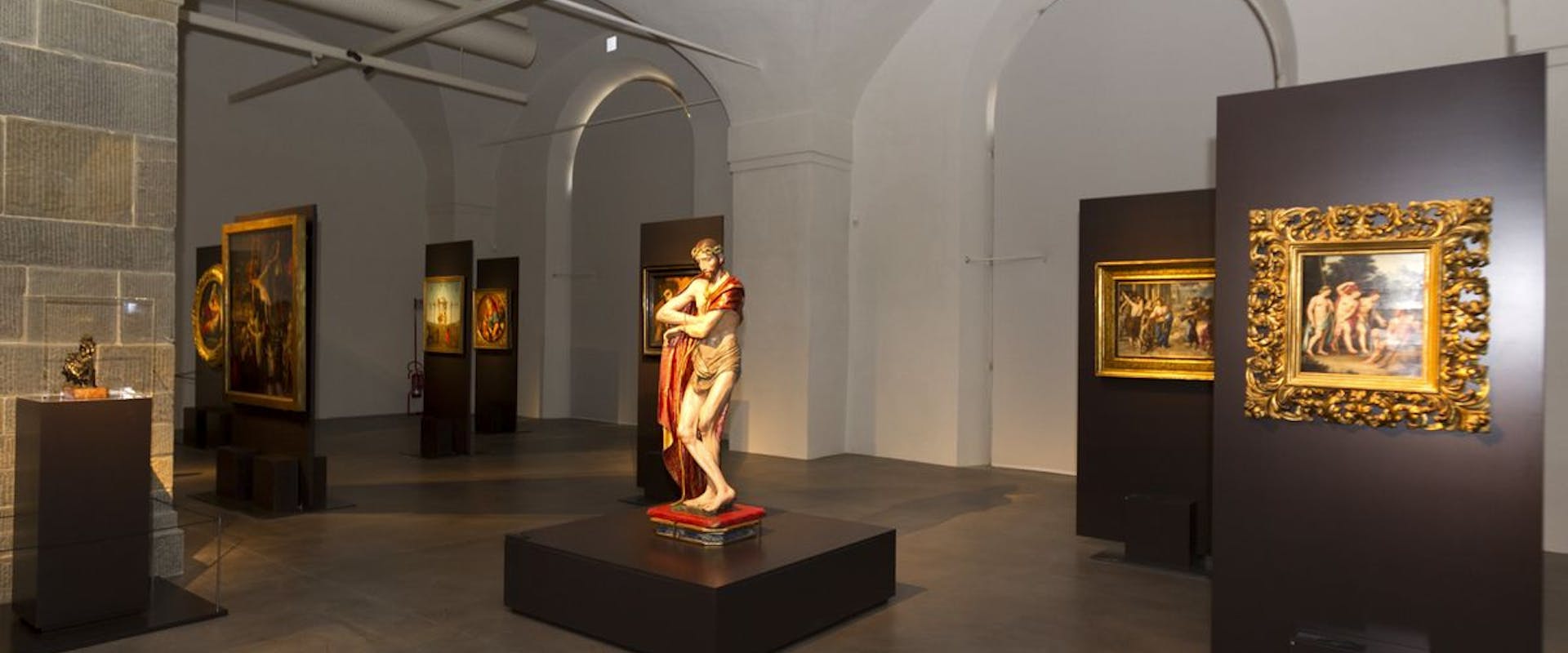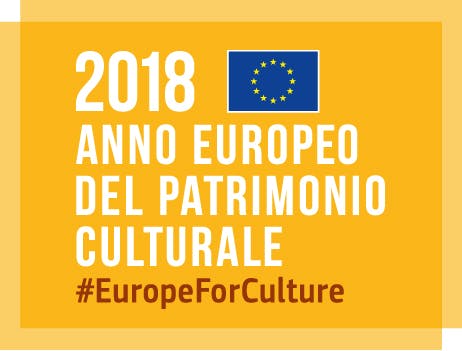Spain and Italy in Dialogue in Sixteenth-Century Europe
From Tuesday 27 February to 27 May, the finest and most important works from the collection of drawings housed in the Gallerie degli Uffizi's Gabinetto dei Disegni e delle Stampe
Alonso Berruguete, Pedro Machuca, Bartolome Ordonez and Diego de Siloe were known as the Aguilas del Renacimiento Español, the Eagles of the Spanish Renaissance, on account of their outstanding skills, which were a product of their extended study in Italy.
The exhibition showcases drawings of superb quality attributed with absolute certainty to such masters as Alonso Berruguete, who trained in Florence and Rome and who was one of the first artists to carry the Renaissance style west of the Pyrenees, or as Romolo Cincinnato and Pompeo Leoni, two Italian artists summoned to work on the most prestigious royal commissions in Spain. It also hosts drawings by Francisco Pacheco, Patricio and Eugenio Cajés, and Vicente Carducho, leading players in the season that brought the 16th century in Spain to a close.
From Tuesday 27 February to 27 May, the finest and most important works from the collection of drawings housed in the Gallerie degli Uffizi's Gabinetto dei Disegni e delle Stampe – most of which form part of a donation made by Emilio Santarelli in 1866, but which began to be put together in the late 18th century – will be on display in the new rooms of the Aula Magliabechiana which recently hosted the three successive stages of an exhibition on Japanese screens.
It was in the 15th century that Spain set out on the march to unity that was to lead in the fullness of time to its becoming a monarchy, then an empire and a power of global proportions, but it did so on the basis of complex and diversified artistic traditions.

